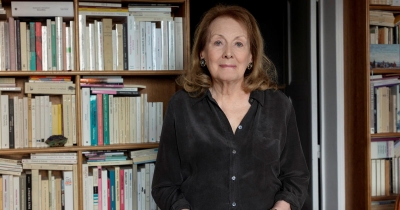Fanfiction is an outlet for fan engagement, allowing readers to become writers and creators in their own right. This thriving subculture within the literary world, can be understood as a form of fiction created by passionate fans, featuring borrowed characters from popular books, movies, TV shows, or other media. Through this medium fans-turned-storytellers bring their own twists to established narratives, exploring new scenarios, relationships, or adventures.
Origin
The concept of fanfiction may seem contemporary, primarily driven by the internet era, but its roots can be traced back much further. In fact, the origins of fanfiction can be traced to the 18th Century, shortly after the publication of Irish writer Jonathan Swift’s Gulliver’s Travels. Readers, captivated by the titular character’s fantastical journeys, began to write and imagine Gulliver in different, invented circumstances. These early fan-written stories can be seen as precursors to what we now know as fanfiction. With the advent of the internet, fanfiction indeed found its home. Online communities and forums provided a space for fans to connect, share, and explore their creative works. The popularity of this type of fiction multiplied exponentially as fans delved into the worlds they loved, breathing life into characters and relationships that captured their hearts.
Authors on fanfiction
However, the phenomenon of fanfiction has not been without controversy some authors, like American author Anne Rice, have expressed concerns over this kind of writing diluting the integrity of the original characters and stories. On the other hand, writer, such as English authors Douglas Adams and JK Rowling, have embraced fanfiction, acknowledging how it can expand the understanding of their universes and foster a deeper connection with their readers.
Rowling’s stance on the subject is particularly noteworthy. While she discourages fanfiction that aims to profit from her creations, she has expressed appreciation for fans desire to write their own stories based on her characters. Fanfiction reflects the deep connection fans have with their favourite characters and universes while providing an avenue for fresh perspectives and alternative narratives. As long as there are beloved characters and captivating narratives, this type of writing will continue to thrive, providing a space where imagination knows no bounds and the possibilities are limitless.
Picture Credit: Google




